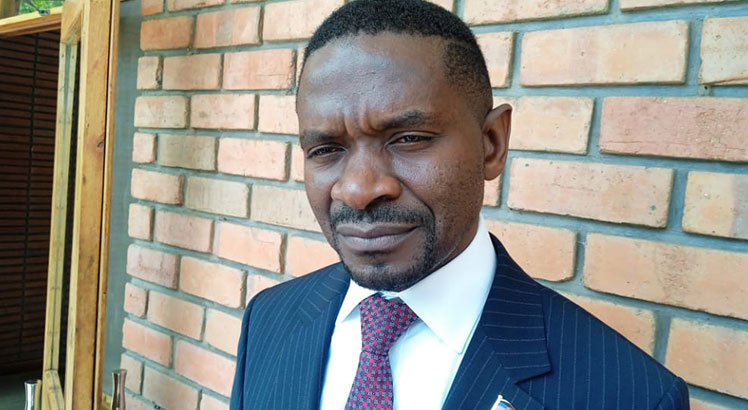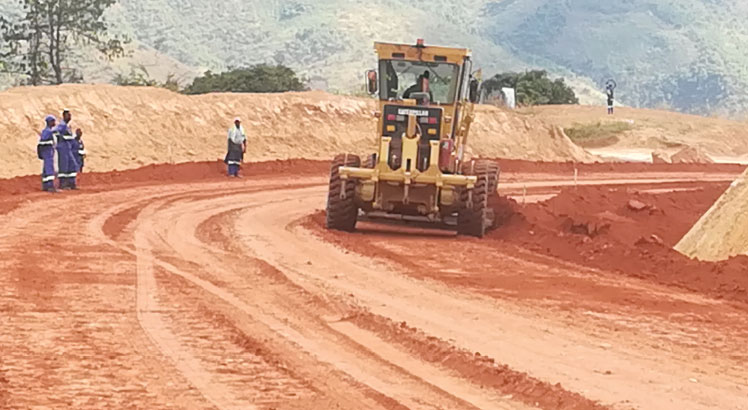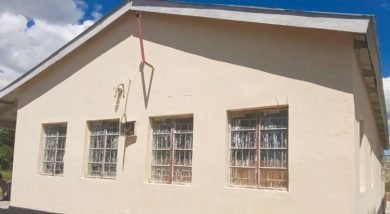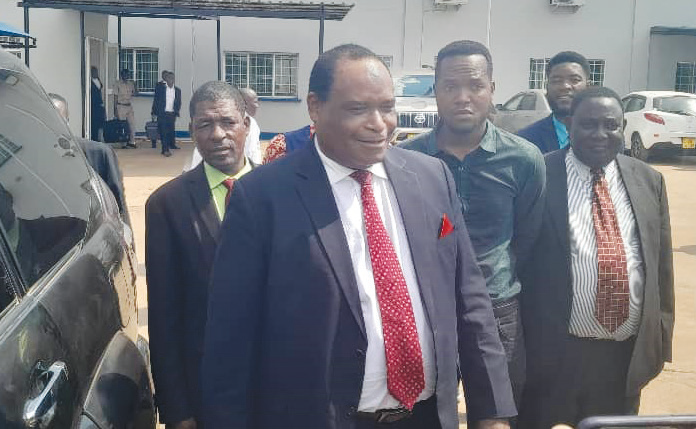Malawi needs K1.5tn for roads
Government needs about K1.57 trillion to finance road projects by 2025 to promote connectivity and economic growth.
This is according to the World Bank Transport Infrastructure Sector Assessment Programme report launched yesterday in

Lilongwe by the Minister of Transport and Public Works Jacob Hara.
The report said Malawi’s comprehensive medium-term investment covering the year 2020- 2025 would need roughly K2.30 trillion.
The World Bank report said the country needs K1.3 trillion for main roads, K620.7 billion for secondary roads, K256.7 billion for tertiary roads, K19.5 billion for district roads and K64.5 billion for urban road projects.
It says to maintain the current roads, the country needs $166 million (about K168 billion) per year.

Malawi has only K703 billion for all the road projects, which represent 30 percent funding.
Reads the report in part: “The do-minimum scenario still requires $145 million (about K148 billion) per year. Ideally, only about 10 percent of this funding should cover major rehabilitation.
“Even under an optimal scenario about half of the roads may remain in poor or very poor condition by year 2025.”
It links the rise in accidents and fatalities to poor roads, warning that accidents are an obstacle to human capital growth.
The World Bank estimates that road fatalities and injuries are costing Malawi $558 million (about K560 billion) or around 10.8 percent of annual gross domestic product.
World Bank practice manager for East Africa Almud Weitz said Malawi will have to make tough decisions in terms of road investment going forward.
She said the country has to promote good road network, invest in agriculture, tourism and mining as well as promote partnership with the private sector to maximise economic growth.
Said Weitz: “How do you make choices when you are confronted with such an array of needs across the country and across the sectors?
“So what we are trying to do is really figure out how to help the country to prioritise the various pieces of investments.”
Hara agreed that financing transport infrastructure remains a challenge.
He said: “Planning on its own will not give us the results we want, we need to get financing for the projects. This I must say has been a major constraint in developing our infrastructure in the country.”
However, Hara said government has been allocating resources towards road projects and enhancing partnerships with the private sector on the same.
National Planning Commission director general Thomas Chataghalala Munthali said there is need to promote alternative financing for road projects.
He said: “Road infrastructure is key to developing the country.”
Malawi has a road network length of 25 000 kilometres accounting for 99 percent of passenger service, 70 percent of domestic freight and 90 percent of international freight.
Although the assessement established that government is committed to an efficient road network that is well maintained and linking both urban and rural areas to local and international markets, there is a significant mismatch between the level of resources required and availablity of donor finance.
There is also insufficient road sector revenues to cover the full network’s maintenance needs and there is substantial climate exposure.
For Malawi to accelerate economic development and achieve the Malawi 2063, the road industry needs to provide 200 kilometres of new or upgraded sealed roads annually.





